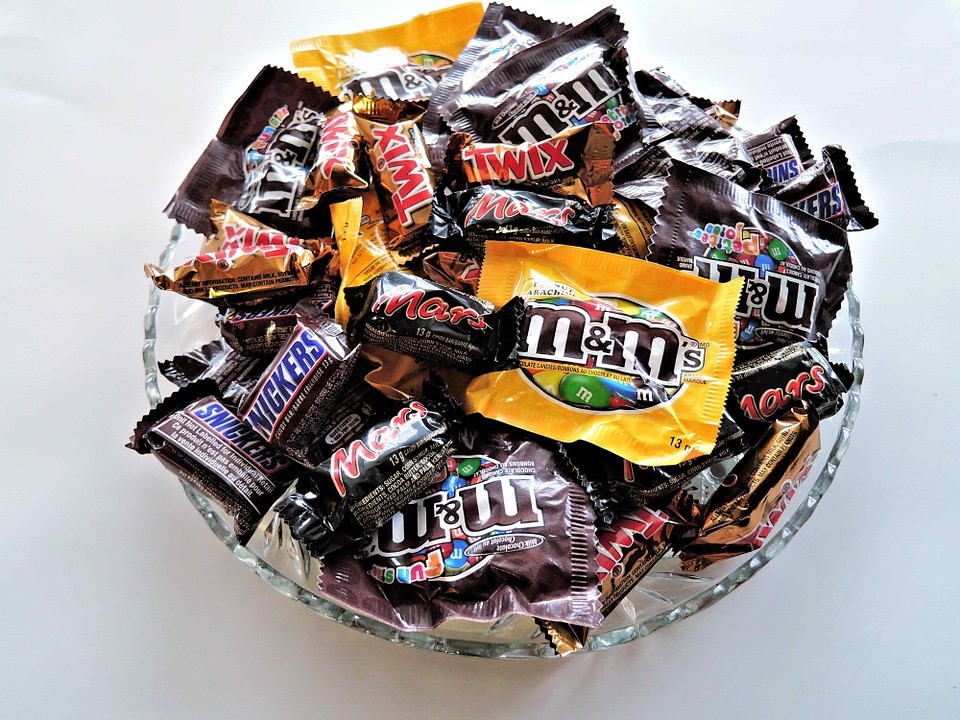If your food product is aimed at children, then you need to make sure that it isn’t just tasty but also visually appealing. Kids are very reliant on their senses for a wealth of information, so it makes sense to tailor your packaging to perfectly meet these demands.
Your packaging can drastically alter a child’s perception to your product, with the right design massively influencing how appetising they find the food. Don’t believe us? Check out this study done with McDonald’s wrappers vs plain packaging using the same food.
You Don’t Have to Be a Big Brand
The 2007 study mentioned above, argued that children prefer food from a big brand, like McDonalds. However, this simply isn’t true. In fact, children care as much about the aesthetics of their food packaging than they do about the branding!
A new study found that children are more in-tune to decorative packaging, suggesting that branding only plays a small part to pre-schoolers. A separate venture from this then found that the older a child is, the more heavily they rely on the packaging design in order to make their choices – this is vital for manufacturers, as older children are more likely to make their own purchases.
Attract Kids, Convince Parents
Little children may be your best customers, but unfortunately it isn’t their decision whether or not they buy or not. You need to do everything you can to make sure that your kids food packaging appeals to your key audience, but then ensure that there’s enough “grown up information” to convince the parents to make the purchase.
It can be a little tricky getting this balance right, but it is essential if you want to be seriously considered. One of the best ways of doing this is to use ‘dead space’ in your packaging for parents, this way you don’t upset the aesthetics of your design but still provide detailed information.
Think About the Technical Aspects
While aesthetics are vital, practical packaging should not be neglected. Think about the limitations of children – they’re not brilliant lifting heavy objects, using intricate openings or not destroying lightweight materials. Try to go for something that’s durable enough that it isn’t going to fall apart, spilling the contents everywhere, the minute it’s opened and that’s small enough that a child can easily manage to hold it on their own.
Make sure that you utilise easy-open packaging options such as block bottom bags or easy-tear cellophane bags that allow the greatest levels of convenience. By using highly-functional packaging, you’re providing a good experience which should help to encourage repeat business from some very happy customers.
Emphasising your Product
Similarly to all food packaging, you need to make sure that you are giving your product the best possible appearance. You need to have a design that resonates with child consumers, utilising bright colours, playful imagery and bold fonts. All these things will help to ensure that your product stands out from others and gives it the best chance of selling.
Try to do a bit of market research wherever possible, to ensure that you’re highlighting the best things about your product (taking parents and kids into account) and that the packaging is effective. While there may be an initial cost associated with this, it almost always pays for itself thanks to the helpful, unique feedback from your customers.


